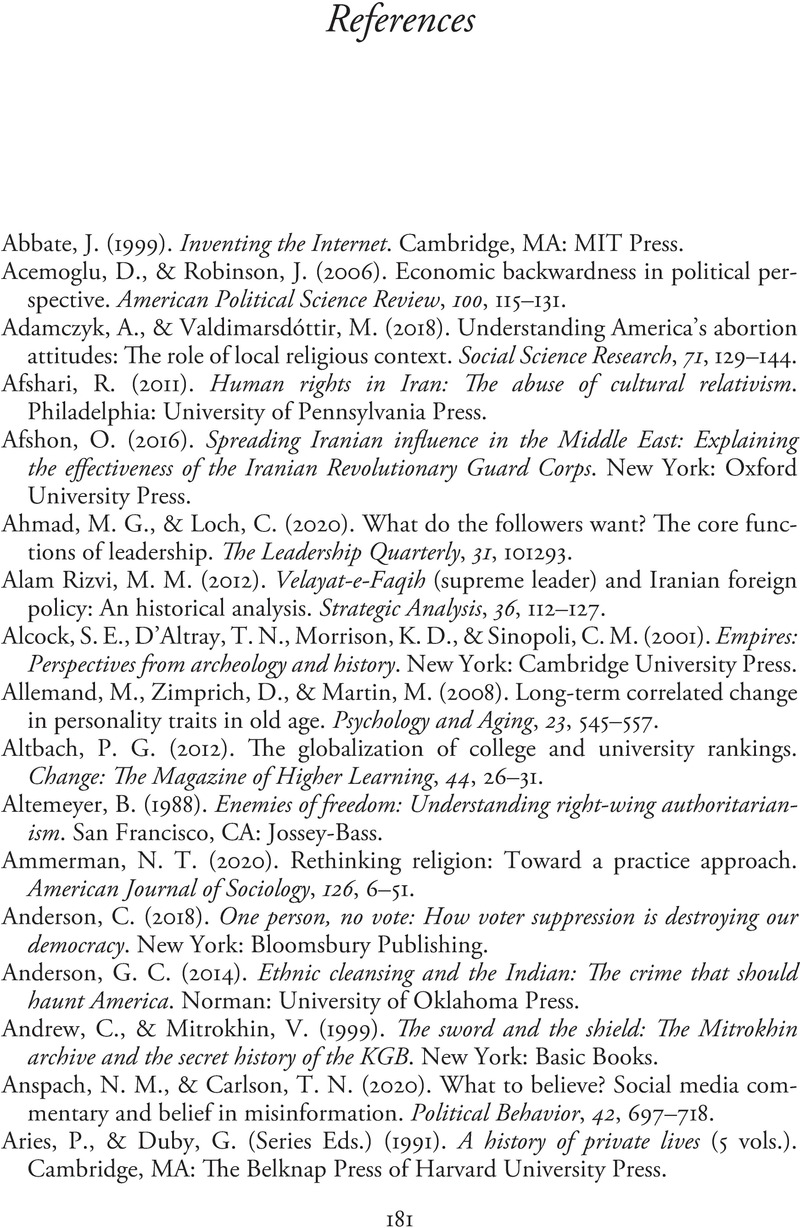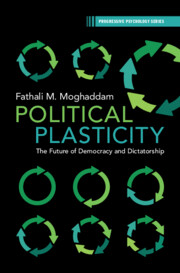Book contents
- Political Plasticity
- The Progressive Psychology Book Series
- Political Plasticity
- Copyright page
- Dedication
- Contents
- Figures
- Preface
- Acknowledgments
- Chapter 1 Political Plasticity, the Key to Understanding the Future of Democracy and Dictatorship
- Chapter 2 Hardwiring inside and outside People
- Part I Political Plasticity and Behavioral Continuity
- Part II Change Agents, in Theory and Practice
- Part III Looking Ahead
- Notes
- References
- Index
- References
References
Published online by Cambridge University Press: 15 January 2023
- Political Plasticity
- The Progressive Psychology Book Series
- Political Plasticity
- Copyright page
- Dedication
- Contents
- Figures
- Preface
- Acknowledgments
- Chapter 1 Political Plasticity, the Key to Understanding the Future of Democracy and Dictatorship
- Chapter 2 Hardwiring inside and outside People
- Part I Political Plasticity and Behavioral Continuity
- Part II Change Agents, in Theory and Practice
- Part III Looking Ahead
- Notes
- References
- Index
- References
Summary

- Type
- Chapter
- Information
- Political PlasticityThe Future of Democracy and Dictatorship, pp. 181 - 210Publisher: Cambridge University PressPrint publication year: 2023



